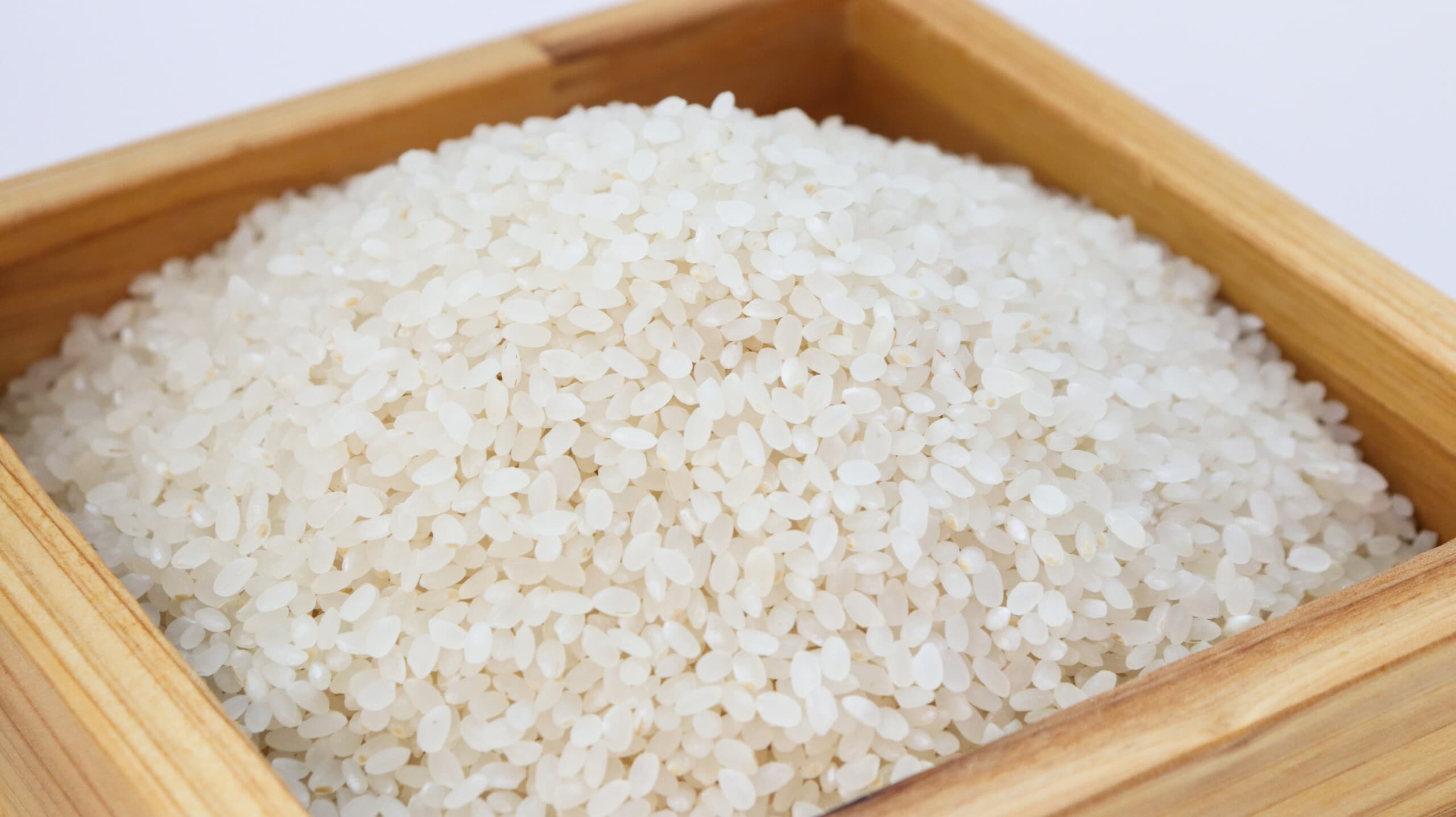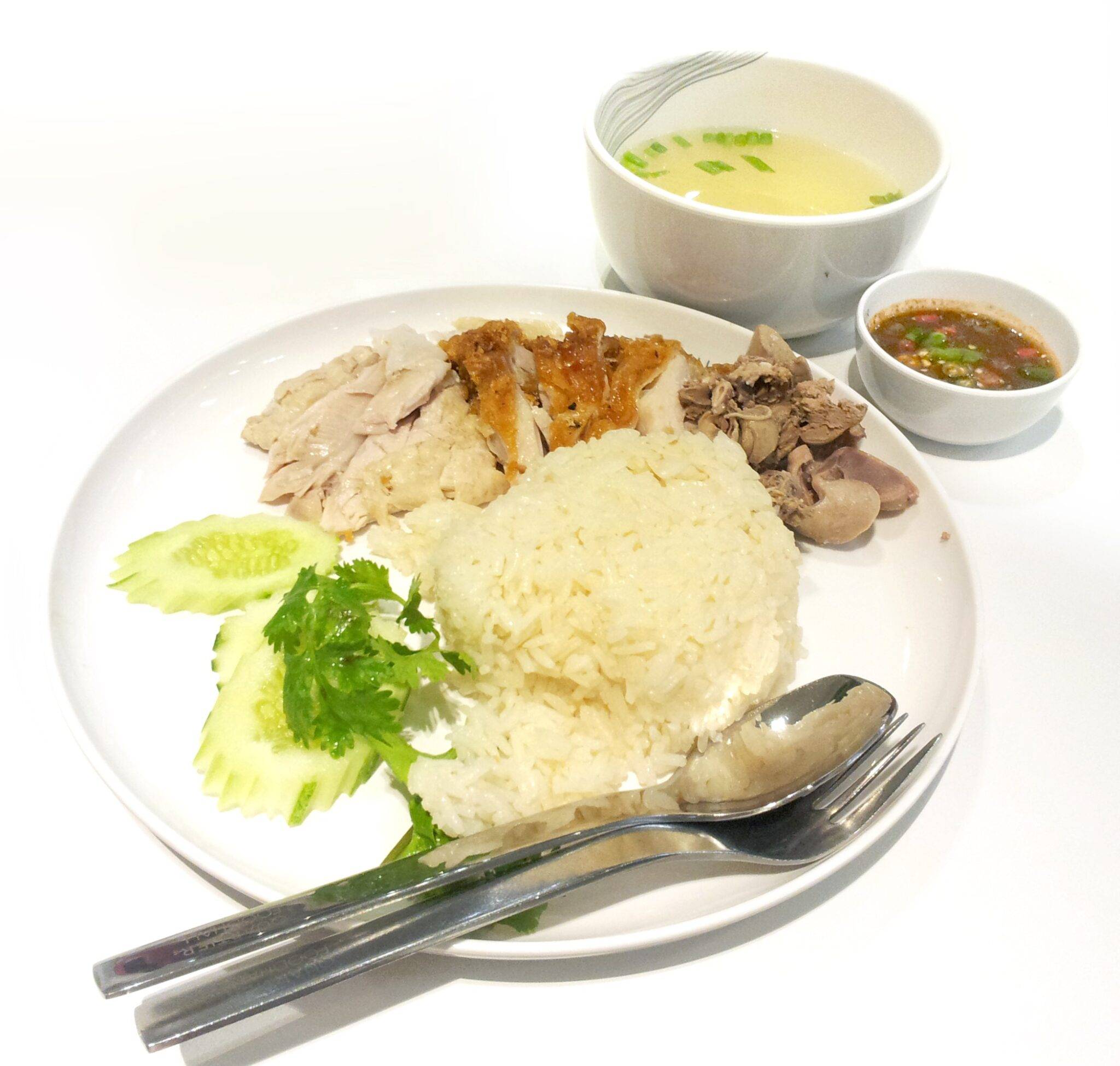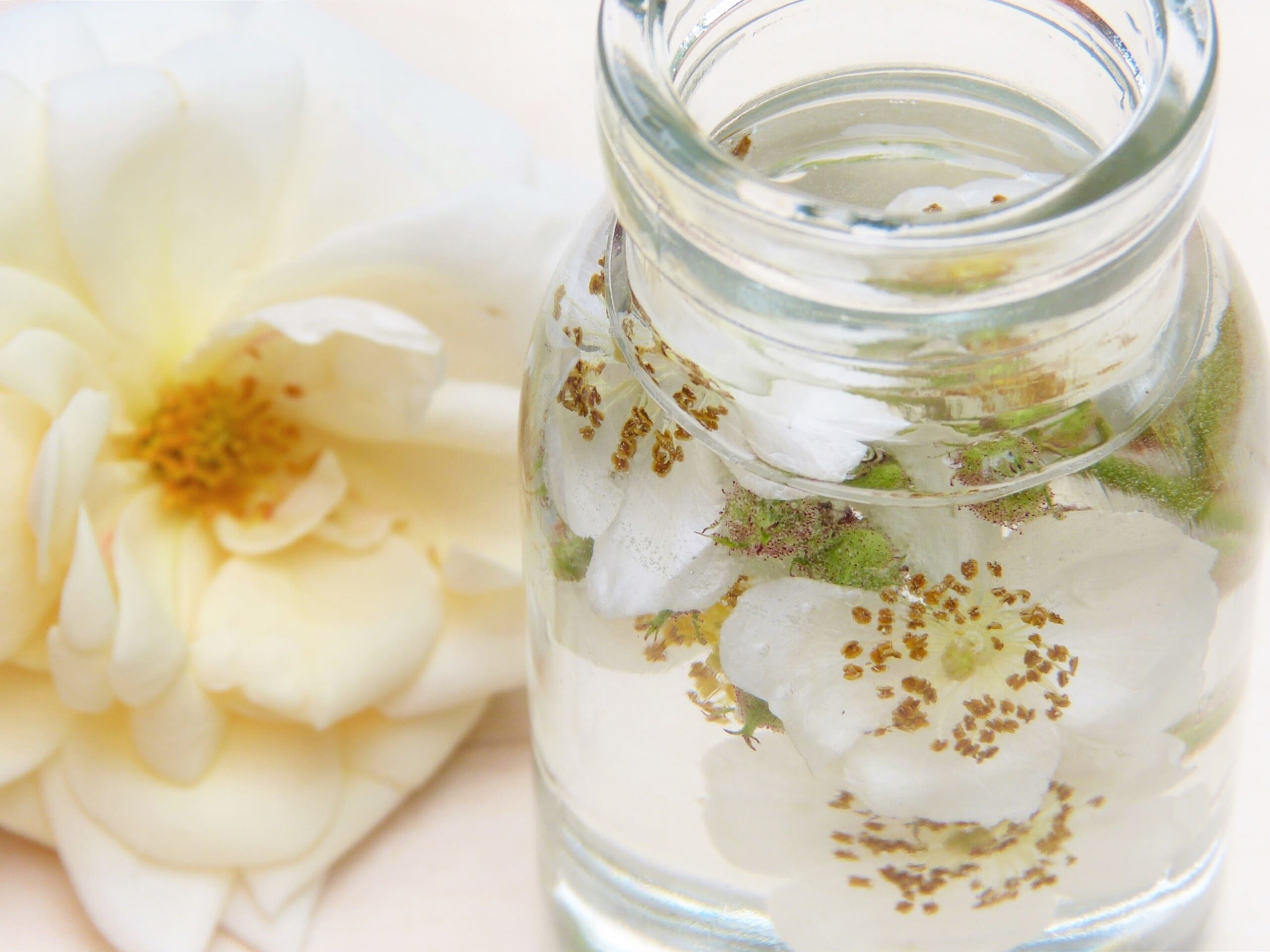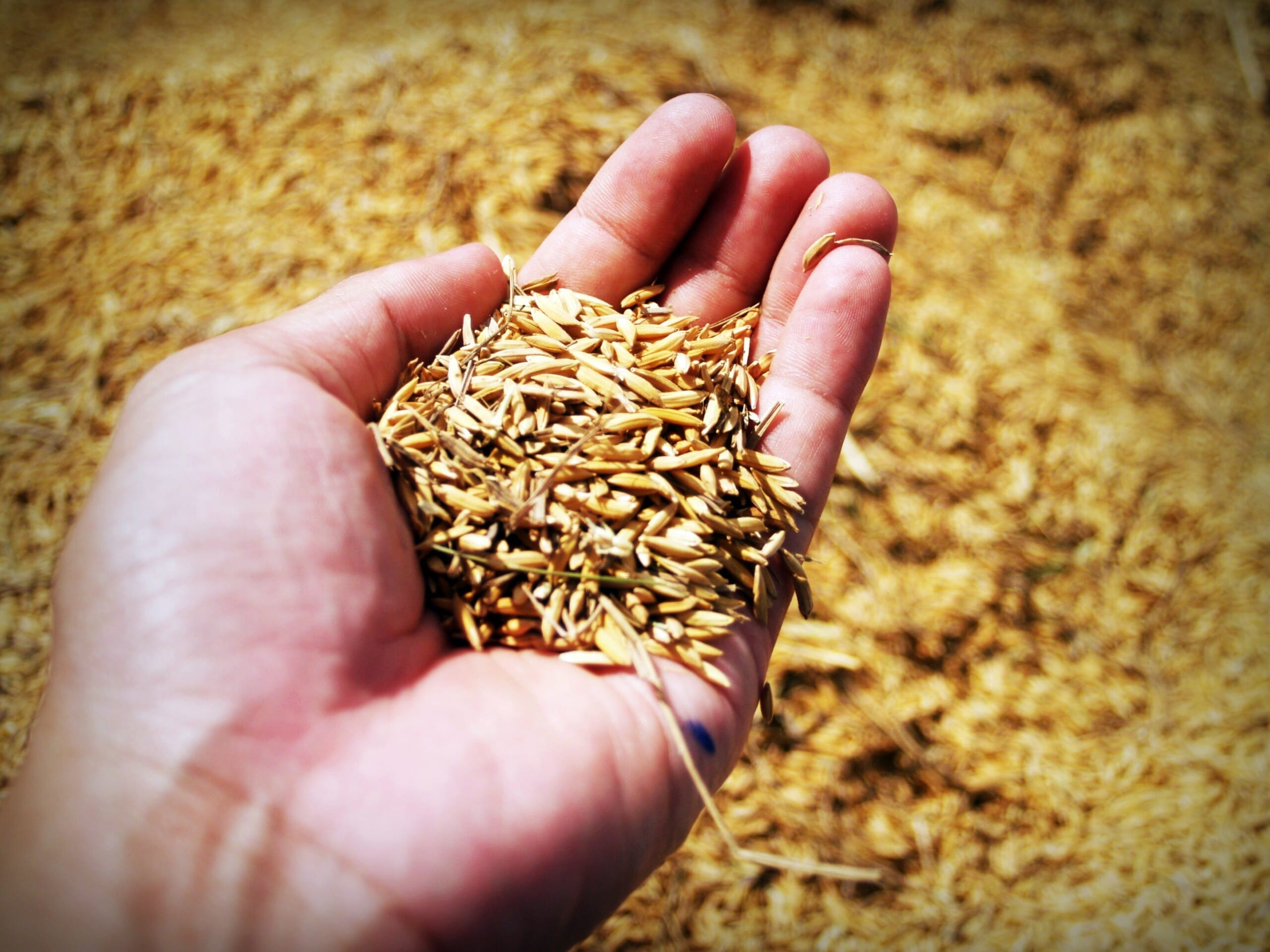Table of Contents
Is Rice Good For You- If Yes, Which Variety Should You eat…
Many health communities consider white rice to be really bad for your health without any explanation and that gives rise to so many queries in our minds and you constantly ask yourself, Is Rice Good For You or not?
Many people view rice, especially white rice, to be an unhealthy option. It is said that white rice is highly processed and does not have the hard protective coating called the hull. It does not have bran and germ which are an outer layer and nutrient-rich core respectively. Meanwhile, in brown rice, only the hull is removed.
For such reasons alone, white rice does not have many essential minerals and vitamins that brown rice on the other hand has.
By the end of this article, you will be able to determine is rice good for you or not.
Is Rice Good For You?

Most of you might not know this but there are over 40,000 different varieties of white rice and it is considered to be a stable ingredient in over 100 countries.
You might have consumed a lot of different rice varieties and found them equally tasty. But is rice good for you? and which rice variety should you go for? That we have got to find out.
Here are some popular varieties you might have eaten.
- Brown rice- it is not a particular category of rice. It represents many variations of rice in its regular, whole-grain form. As brown rice still has the fibrous bran layer, it needs extended time to cook (and digest) and it has a chewier and more eccentric flavor than when it is refined and present in its white rice counterpart.
- White rice is purified brown rice. It had been sent to mills and then polished to eliminate the outer layer called the brown bran layer. This method changes the flavor and taste of the rice and increases its storage life or shelf life. Rice varieties are categorized as short-grain, medium-grain, or long-grain—this indicates the overall length and width proportion of the rice grain when prepared. The most distinguished difference among different rice grains is the starch profile.
For those who are wondering is rice good for you or not. You must go through all the benefits of rice to find out is rice good for you or not.
1. Rice is stripped of nutrients and fiber

As you already know, white rice and brown rice are the most common rice varieties and they also have a similar origin. Brown rice is whole rice grain. It has nutrient-packed germ, fiber-rich bran, and carbohydrate-rich endosperm.
On the other hand, the white rice variety is stripped of germ and bran. It only has endosperm. It is processed by the manufactures to improve the taste, enhance cooking properties, and extend its shelf life.
This is the reason why many people believe white rice to be just empty carbs since it has the endosperm only while the main nutritious parts are stripped off or processed already. However, in many countries including the United States, white rice is mostly enriched with nutrients added to it including vitamins and iron. The vitamins include folic acid, thiamine, niacin, and many more.
You might not know but it is still enriched with essential nutrients. Here is the nutrient profile of white rice, looking at this, most people will be able to figure out is rice good for you or not (100 gram of rice):
- Calories- 123
- Protein- 2.9 grams
- carbs- 30 grams
- fats- 0.5 grams
- fiber- 0.9 grams
- folate- 1% of the RDI
- manganese- 18% of the RDI
- thiamine- 5% of the RDI
- selenium- 13% of the RDI
- niacin- 12% of the RDI
- zinc- 2% of the RDI
- magnesium- 2% of the RDI
- copper- 4% of the RDI
- phosphorus- 6% of the RDI
- vitamin B6- 8% of the RDI
- iron- 1% of RDI.
A 100 grams serving of brown rice has even fewer calories compared to white tice and more nutritional value. It has twice as much fiber compared to white rice due to bran and germ. So what do you think, is rice good for you?
In general, brown rice tends to have higher amounts of minerals and vitamins too compared to white rice. However, when white rice is enriched, it has more folate and iron. If you do not like the taste of brown rice and crave white rice, you can simply switch to an enriched variety of it.
What’s more? Brown rice also contains more amino acids and antioxidants. It is worth noticing that both brown and white rice are gluten-free naturally, which makes them an excellent option for people suffering from non-celiac or celiac gluten sensitivity.
2. Higher Glycemic index score

Another important factor to consider when thinking “is rice good for you” is Glycemic index or GI, which is the measure of how fast your body converts carbs you intake into sugars that are then absorbed by the bloodstream. The glycemic score ranges from 0 to 100 and has these labels associated with it:
- Low GI- less than 55.
- Medium GI- between 56 to 69.
- High GI- 70 to 100.
Food items having a low GI are better for people suffering from type ll diabetes. This is because they will cause a gradual rise in blood sugar. Higher GI tends to cause rapid spikes in blood sugar levels.
White rice has a glycemic index of 64 whereas brown rice has a GI of 55 only. As a result carbs present inside white rice will be turned rapidly into blood sugar as compared to brown rice. This is one reason white rice is linked with type 2 diabetes.
In a study involving over 35,000 people, it was found by the researchers that people who ate more white rice had a higher risk of diabetes than people who ate less. Also, each serving of white rice every day increased the risk of type ll diabetes by 11%.
A similar study based in the US had shown that a high intake of white rice was associated with a higher risk of type ll diabetes, whereas higher consumption of brown rice was associate with low risk.
3. It might raise the risk of Metabolic syndromes
When studying “is rice good for you”, we must consider the Metabolic syndrome, which is a term given to a group of risk factors that might increase the risk of health issues like stroke, type ll diabetes, and heart diseases.
These risk factors are:
- Low levels of HDL cholesterol (good HDL)
- Larger waistline
- High levels of triglycerides
- High fasting blood sugars
- high blood pressure.
Studies have proved that people who typically eat generous amounts of white rice have a greater risk of such metabolic syndrome, particularly in Asian adults as it is consumed more over there.
But while these studies have marked a connection between white rice intake and diabetes, the connection of white rice with heart disease is still not very clear.
Meantime, brown rice intake is linked to a lower hazard of heart disease. For example, adults that utilize the most quantity of whole grains might have up to 21% more moderate risk of heart disease than people consuming the least amount.
Brown rice additionally comprises lignans, which is a plant compound that has been determined to maintain lower blood pressure, decrease the amount of fat inside the blood and decrease arterial stiffness.
4. Effects On Weight Loss

The effects of white rice on weight loss are yet conflicting. White rice comes under the category of refined rice because it is stripped of the germ and bran. Many studies have connected food items higher in refined grains to weight gain and obesity, the research is not consistent when it comes to eating white rice.
Many studies have not even found any correlation between these two. Plus, diet centers around the world are determined to link white rice with weight loss, particularly in those countries that consume it as their everyday food.
In short, the white rice variety appears to be neither favorable nor detrimental for weight loss. However, eating food items rich in whole grains like brown rice variety have higher and consistent effects on weight loss and it also helps maintain healthy body mass.
Brown rice is, therefore, a more favorable choice for losing weight as it has high nutrition, consists of more fiber, and gives a healthy dose of antioxidants that fight diseases. Is rice good for you in terms of weight loss? What have you decided?
5. May have high arsenic levels
Rice grown in a few parts of the globe might be contaminated with some levels of arsenic. It is known that rice plants gather more arsenic compared to other crops. This is a huge problem in the regions where water and soil both are contaminated with some levels of arsenic.
High arsenic intake is linked to an increased risk of type ll diabetes, cancer, and heart diseases. Also, it is highly toxic to your nerves and might cause nerve damage thus affecting your brain.
This is especially a concern for people who develop a rice-based diet, particularly children. Experts encourage parents to withdraw from feeding young kids high quantities of rice or even other rice-based foods.
Several types of rice include lower quantities of arsenic than others. These involve jasmine rice and basmati rice, as well as the rice variety that is grown within the Himalayan region. In addition to this, arsenic tends to concentrate in the bran. As a consequence, brown rice includes higher quantities of arsenic compared to white rice, so is rice good for you? It depends on which variety you are eating and your condition.
People having nausea, heartburn, vomiting, and people recovering from medical procedures that may affect their digestive systems must also use a low fiber diet as it is more beneficial. White rice is also suggested in all such cases as it has low fiber and it is easier to digest.
After so many benefits and risks, is rice good for you or not? or should you consume white rice or not? That we have to find out!
6. Rice is a good source of energy

If you are feeling run down, you should immediately grab a bowl of rice. Our bodies depend on a sufficient quantity of carbs to work as fuel. When carbs enter our bodies, our bodies operate to convert those good carbs into energy. But the wholesome carbs found inside rice are not only great for turning into energy but also help in proper brain function.
Other ingredients found in white and brown rice such as different minerals, nutrients, vitamins, and much more assist in improving the metabolic activity of our body’s organs. In performing so, our bodies have enhanced energy levels.
7. It also serves as a skincare remedy naturally

If you are trying to find natural products for your skin and wondering where to begin from, rice is the first thing that should strike your mind. You may be astounded to know that rice really serves as a great skincare stock! This is a new way to consider while answering “is rice good for you”.
Rice is utilized for different skincare products both in form of topical creams and by intaking it. If you are looking for a good topical solution, you may take rice in its fine powdered form and apply it to your skin. This topical cream is excellent for skin that is irritated as the cream will assist in reducing inflammation.
It is primarily used as a topical powder or cream to heal other skin ailments. Rice water is one such excellent way to utilize rice as a topical solution for your skincare. Rice water is also used to cool off your skin if it is inflamed.
Brown rice is utilized more often due to the phenolic compounds it has. These phenolic compounds act to diminish any redness on your face and soothe irritation on your skin. And because of all such antioxidants discovered in rice, rice reduces the aging process that may influence the skin and helps to delay the appearance of wrinkles.
8. It Enhances Heart Health
As stated earlier, rice is one of the most naturally present anti-inflammatory food. Its anti-inflammatory qualities aids to reduce the rate at which it deposits atherosclerotic plaque in your blood vessel walls. This later reduces the risks for critical heart conditions such as strokes and heart attacks.
Although both varieties that are brown and white rice possess these benefits, brown rice is slightly more beneficial. This is because brown rice contains the husk, which is the part where most of the essential nutrients are found. Rice bran oil is an exceptional source for improving heart health.
Rice bran oil is packed with antioxidant qualities that decrease cholesterol levels inside your body and eventually improve your cardiovascular health. So, is rice good for you or not in terms of your heart health?
Should you consume white rice?

White rice is most probably criticized unfairly and can even serve as a better alternative to other varieties like brown rice in a few cases.
For example. if you are pregnant, you might want to eat enriched white rice as it is enriched with folate. In addition to that, people consuming a low fiber diet and those who experience heartburn and nausea frequently might find white rice more useful as it is easier to digest and does not cause uncomfortable symptoms after eating.
However, brown rice is still considered to be a better choice for other people. It has a wider variety of minerals, vitamins, essential amino acids along plant-based compounds.
Also, it has a lower GI index which indicates that the carbs in it will be digested more slowly and gradually making it ideal for people suffering from prediabetes or type ll diabetes.
That being said, now you might have figured out the answer for “is rice good for you or not”. You may perfectly enjoy white rice but in moderate amounts without feeling bad or guilty about it.
The Bottom Line
Although white rice is processed, it is not necessarily bad. Most varieties of white rice in the United States have essential vitamins like folate to enhance its nutritional value. In addition, the low fiver content helps people suffering from digestive issues in general.
However, ultimately, brown rice is a healthier version of vanity. Not to forget, studies have indicated that brown rice is better for people having heart diseases, diabetes, and weight maintenance issues.
Now you might have decided is rice good for you or not, right?


